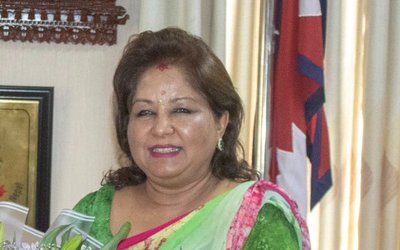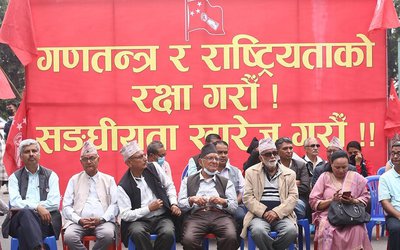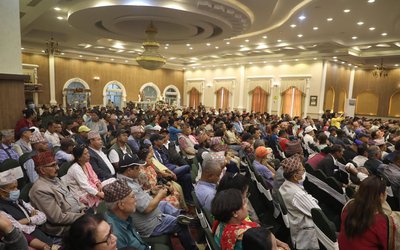More on News





Based on a recent field assessment, The Carter Centre reports that while Nepal’s second constituent assembly has made commendable progress to prepare a new constitution in a spirit of compromise, many Nepalis are concerned about the slow pace of the process to date, a perceived lack of engagement by senior political leaders on contentious issues, and the persistence of long-term risks to the credibility of the political process.
“Nepal’s new constituent assembly has made early and significant efforts to build on the accomplishments of the 2008‒2012 process,” said David Carroll, director of the Carter Centre’s Democracy Program. “At the same time, avoiding the polarization and deadlock that undermined the last constituent assembly will require renewed efforts by the government and political leaders to ensure discussions and negotiations are inclusive and reflect the principles of the peace process and subsequent agreements.”
A wide range of Nepalis told The Carter Centre that a spirit of compromise and consensus has prevailed following the Nov. 19, 2013, constituent assembly election. While early efforts by the government and constituent assembly to promote an inclusive dialogue on constitutional issues are perceived as positive and credible, Nepalis expressed concern about the slow pace of progress. In this context the government has an important opportunity to reinforce public confidence in the process by immediately filling the 26 constituent assembly seats that the interim constitution and the Supreme Court ruling of May 12 specify as reserved, on a nonpartisan basis, for widely respected public figures and members of underrepresented indigenous groups.
Reaching agreement on state restructuring, especially the boundaries of future federal states, is widely anticipated to be the most contentious issue before the new constituent assembly. To ensure that an eventual agreement is broadly accepted and sustainable, party members and analysts told The Carter Centre that discussions in the constituent assembly should be accompanied by ongoing dialogue and agreement among senior political leaders.
Many Nepalis, including members of parties in government, also told The Carter Centre that the government and senior political leaders should unambiguously recommit to honouring the principles of the Second Jana Andolan (People’s Movement) and 2006 Comprehensive Peace Accord, as well as subsequent agreements between the state and historically marginalized groups.
On local governance issues, the Centre found that there may be opportunity for compromise on the question of when and how to hold elections to local bodies. In particular, discussion of the relation of local bodies to eventual implementation of state restructuring could create options for a timely return to elected local government without undermining a smooth transition to a federal structure.
In a press release issued from Atlanta, the Carter Centre maintained a full-time political, constitutional, and electoral observation presence in Nepal between January 2007 and February 2014. This limited post-election assessment is based on interviews conducted in Kathmandu in late May 2014 and in Kailali, Kanchanpur, and Kaski districts in early June. It conveys the views of Nepali political party members, civil society representatives, other citizens, and members of the international community about the period following the second constituent assembly election. The report concludes by offering recommendations for the future of the constituent assembly and the political process.




